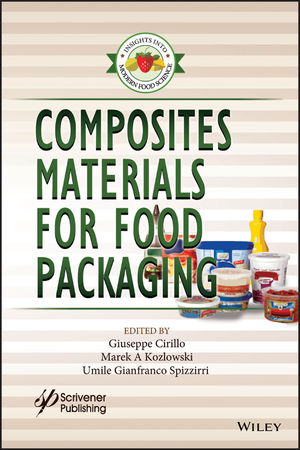These refrigerated and frozen food companies put sustainability into action with recycled and recyclable materials, reduced waste and less energy expense.
These refrigerated and frozen food companies all offer packaging with a focus on sustainability.
ConAgra Foods, Omaha, last summer began using 30 to 40 percent post-consumer recycled plastic in nearly all frozen meal trays for Healthy Choice, Banquet, Kid Cuisine and Marie Callender’s products. ConAgra said packaging supplier partner APT Technologies developed a post-consumer recycled cleaning process that is FDA-approved for direct food contact materials. ConAgra expects to use at least 8 million pounds of this material annually.
The Kids Organic frozen meal line fromPopkoff’s Frozen Foods, San Francisco, beat out 68 entries to win honors at last fall’s PACK EXPO exhibition in Chicago. Using a proprietary thermoformed tray from Coextruded Plastic Technologies Inc. (CPT), Kids Organic won the 2008 PACK EXPO Selects competition. Officials said CPT’s Go-Green tray reduces environmental impact with 30 percent less energy and materials used. The lighter-weight formed polypropylene also uses fewer petroleum-based products and eliminates boxes and sleeves.
Last fall sawWegmans Food Markets Inc., Rochester, N.Y., introduce green deli food packaging. In a weekly Web column, Vice President of Consumer Affairs Mary Ellen Burris said packaging for Wegmans’ Asian Wokery Bar changed from pure, bleached paper to packages made from 100 percent recycled paper (including 35 percent post consumer paper). The retailer introduced similar packaging at its salad and fresh prepared food bars.
Wal-Mart’sSam’s Clubdivision offers a square one-gallon milk jug, in which the pour spout is in a recessed corner - configured so that the top of the closure is flush with the rest of the jug’s top surface. The result is a jug that can be stacked up to six high on a pallet without the use of milk crates or other secondary packaging (other than slip sheets). Wal-Mart says this new packaging allows about 400 more gallons, or an additional 9 percent of product, to be loaded per truck. In conjunction with other efficiencies, this could eliminate 11,000 truckloads annually.
Green on the scene
Looking for a reprint of this article?
From high-res PDFs to custom plaques, order your copy today!





